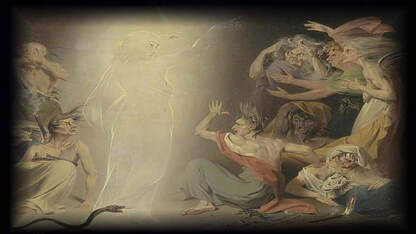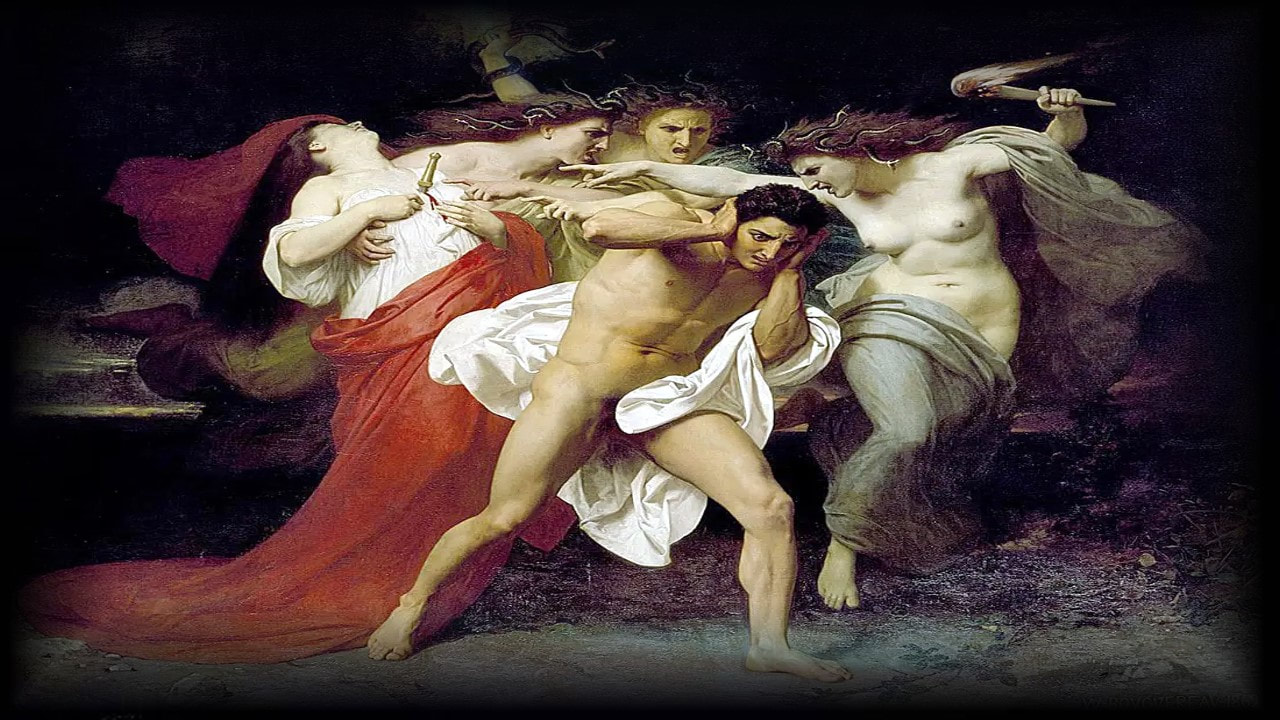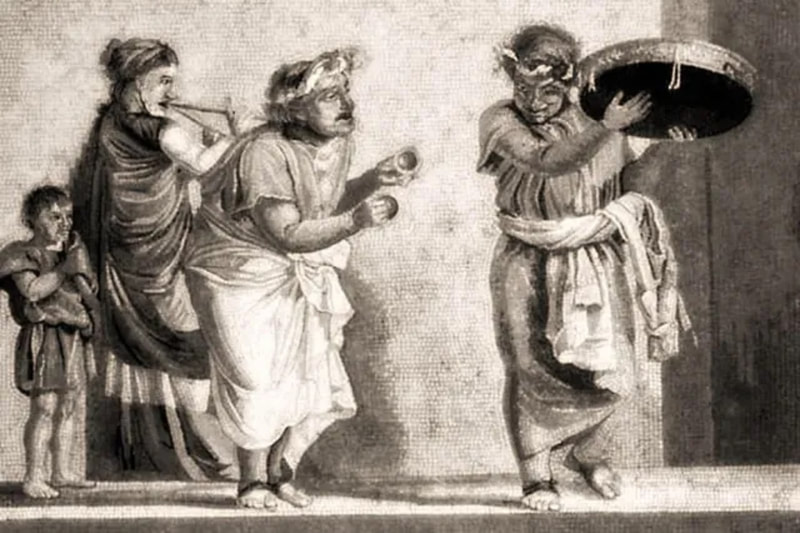 By M.P. Pellicer | Stranger Than Fiction Stories All Souls' Day is celebrated on November 2, and is dedicated to those have died and have not reached heaven. They are either in purgatory or unhappy ghosts.  All Souls' Day is meant to help those who do not lie quietly in their grave, or are trapped in purgatory All Souls' Day is meant to help those who do not lie quietly in their grave, or are trapped in purgatory There are three days that are frequently confused with dealing with the spirits of the departed: Halloween, October 31, which is believed to be when the veil is thinnest between this world, and those of the dead; All Saints is a church-wide holy day of obligation and normally celebrated on November 1, it’s also known as All Hallow’s Day, and it is dedicated to the saints and martyrs of the Church, that is, all those who have attained heaven; and November 2, All Souls' Day, is the one where remembrance is made of those that have died especially family members, but there are special efforts made to appease the ghosts of those who have no family and have been forgotten, because these spirits in their unhappiness can cause a lot of trouble for the living.  Pope Boniface converted the Pantheon which was a pagan temple into a church Pope Boniface converted the Pantheon which was a pagan temple into a church All Saints’ Day, which began most likely as All Martyrs’ Day, can be traced to the earliest Christians. In 609, during the reign of Pope Boniface IV (r. 608-615), the Eastern Emperor Phocas (r. 602-610) gifted a temple in Rome to the Holy See. The timing could not have been better, since a year later Heraclius, succeeded in taking Constantinople on October, 5, 610 and executed Phocas on the same day, before declaring himself the emperor. Pope Boniface accepted this temple, removed all the pagan embellishments, all the statues were relocated and he buried the remains of hundreds of Christian martyrs beneath the Pantheon. The Pope then consecrated the Pantheon as a Christian church to the Blessed Mother, and all the Holy Martyrs (Sanctae Mariae and Martyrs). The consecration took place on May 13, and that was the annual date of the feast of All Martyrs for the next 125 years. However, there are some who maintain the belief that it has origins in the pagan observation of the Feast of the Lemures, in which the malevolent and restless spirits of the dead were propitiated. Liturgiologists base the idea that the Lemuria festival was the origin of of All Saints, and All Souls' Days because of their identical dates and because they share the similar theme of "all the dead" The temple, still standing today is known as the Pantheon, and was originally built in the first century. Destroyed by fire and rebuilt between 118 and 128, it was a public place to worship and honor all the Roman gods and goddesses — a spectacular monument to pagan Rome. Chief among the Roman people, was Jupiter Ammon god of sky and thunder.  The chief Roman god was Jupiter Ammon The chief Roman god was Jupiter Ammon There was also the worship of Janus and Vesta, the powers of the door and hearth. Janus originally stood for the magic of the door of a private house or hut, and later became a part of the state religion. The gates of his temple were formally closed when the state was at peace, a custom going back to the primitive war magic that required armies to march out to battle by a properly sanctified route. Vesta’s shrine contained the eternal fire. The cult of Vesta, tended by her Virgins, continued to flourish until the end of antiquity, endowed with an important role in the sacred protectorship of Rome. Vestal Virgins were priestesses who vowed abstinence for 30 years to focus on tending to the sacred fire at the Temple of Vesta. There were four to six Vestal Virgins who tended the fire. The virgins would be chosen at an early age by the chief priest, and would take their vows of chastity then. Once their 30 years had completed, they were free to marry, even though many would be beyond childbearing years. Ancient Greeks and Romans had an average life span of 20 to 35 years of age. Few Vestal Virgins would ever marry, as their servitude had been to Vesta for so long. They were highly regarded, and if they broke their vow they were severely punished. Vestal Virgins typically took their designation very serious, and few ever broke the vow.  The Romans feared restless dead known as lemures or larvae The Romans feared restless dead known as lemures or larvae LEMURIA The Lemuralia or Lemuria was an annual event in the religion of ancient Rome, during which the Romans performed rites to exorcise any malevolent and fearful ghosts of the restless dead from their homes. They were known as lemures or larvae, and were the spirits of slain enemies, and spirits of those who didn’t have living relatives that could properly honor them. They were propitiated with chants and offerings of black beans. They also honored their deceased ancestors (lares). It was celebrated at night and in silence, and during three alternate days: May 9, 11 and 13. During this season the temples of the gods were closed, and it was thought unlucky for women to marry at this time and during the whole month of May, and those who ventured to marry were believed to die soon after; "they marry badly who marry in May". The virgin priestesses at the temple of Vesta prepared a sacred mola salsa (salted flour) made from the first ears of wheat of the season. This was sprinkled on an altar that held sacred fire, which they were charged to always keep lit as priestesses, and animals would be sacrificed on it. A ritual performed on May 13 involved throwing the puppets of thirty old men into the Tiber River from the Pons Sublicius. It is the earliest known bridge of ancient Rome, spanning the Tiber River near the Forum Boarium downstream from the Tiber Island, near the foot of the Aventine Hill. Publicly there were games held in the Circus Maximus in honor of Mars on the 11th, and on the 13th in commemoration of dedication of the Temple of Mercury (in 495 BC). The merchants offered up incense and used laurel branches to sprinkle water from the well of Mercury at the Porta Capena over themselves, and their goods in order to obtain Mercury’s aid in making their businesses prosper.  Fica (figa) hand was used to repel the evil eye including ghosts Fica (figa) hand was used to repel the evil eye including ghosts The lemures, being neglected in death were free to leave their dead body, but could not enter the afterlife. The larvae were less common, but considered more mischievous and dangerous, and they usually accompanied lemures. Before starting the family would make sure there were no knots present during the ceremony, since they could block natural forces to flow properly. The head of the household, with the other family members trailing behind would walk barefoot through the house at midnight. He washed his hands in spring water, and would put his thumb between the forefinger and third finger of his hand. This was known as the mano fica (fig hand). This gesture would ward off any ghosts, since this was considered an overtly sexual gesture and expected to distract evil spirits from causing harm. Then he would take a mouthful of black beans and either spit them, or throw them over his shoulder. This was believed to lure the hungry lemures. He would chant: "I send these; with these beans I redeem me and mine. Ghosts of my fathers and ancestors, be gone!" This would be repeated nine times, and the household would clash bronze pots at the end of each prayer. It was only then that the head of the household would look behind him to make sure the lemure were gone. Larvae, on the other hand, were thought to have been entirely unforgiving, even demonic. Some of the literature presents them as persecuting the living, and torturing bad souls in Hades.  Restless souls were thought by the Romans to cause problems in a household Restless souls were thought by the Romans to cause problems in a household The three days of the Lemuralia, and the performance of an Argei ceremony in the same month, supposedly a substitute for former human sacrifices, made the whole month of May unlucky for marriages. The Argei rituals took place on March 16 and March 17, and again on May 14 or May 15. This was supposed to enact when human sacrifices were made to Saturnus. The victims' hands and feet were bound and they were thrown into the waters of the Tiber River. Eventually the human victims were replaced with straw mannequins. The rite possibly used the victims as scapegoats for purification, or to appease the souls of those who had died from drowning. There is much mystery attached to the origins of this ceremony, which is theorized to hide a darker meaning, especially for the rituals held in May. This fear of ghosts coming to haunt the living were believed not only in Rome, but in ancient Mesopotamia and Greece. Lack of proper burial is a consistent theme, since rites were very important in ancient religions. On November 1, 735, Pope Gregory III dedicated St. Peter's Basilica to house the relics of apostles and martyrs. This is when the date became known as the Feast of All Saints. This in turn suppressed May 13, with its connection to the pagan feast of the Lemures.  El Dia de los Angelitos is celebrated between Nov. 1 & 2 to remember children who have died El Dia de los Angelitos is celebrated between Nov. 1 & 2 to remember children who have died Prayers for those who have died, dates back to ancient times. In the Second Book of Maccabees (100 B.C.), Judas Maccabeus ordered his army to pray and offer sacrifices for their fallen comrades. Roman catacombs are inscribed with prayer requests for the dead. The Commemoration of the Faithful Departed, or All Souls’ Day, evolved onto the Church calendar long after All Saints’ Day, spurred by a recommendation of St. Odilo. Remembering and praying for the faithful departed is tied directly to a belief in purgatory. Families go to cemeteries to light candles, clean the tombs and display pictures of their dead family members. Church bells are sometimes rung to remind everyone to pray for the poor souls in purgatory. In Portugal (oferendas), Spain and Mexico offerings called ofrendas are made on this day. In Mexico, it coincides with El Dia de los Inocentes (Day of the Innocents), which specifically remember children that have died. In some parts of Portugal children go door to door where they receive cakes, nuts and pomegranates. In Austria, Belgium, France, Hungary, Italy, Luxembourg, Malta, Portugal, Spain, and American cities such as New Orleans people take flowers to the graves of dead relatives. In Poland, the Czech Republic, Sweden, Finland, Slovenia, Slovakia, Lithuania, Croatia, Austria, Romania, Moldova, Hungary and Catholic parts of Germany, the tradition is to light candles and visit the graves of deceased relatives. In the Philippines, this day, called Undas, or Todos los Santos, is observed as All Souls' Day. November 1 and 2, are spent visiting the graves of family members, and making sure they are clean and well-taken care of. It appears that since ancient times, the living understand that lack of proper burial or remembrance will make for an unhappy human soul, who will come back and haunt the living.
0 Comments
Your comment will be posted after it is approved.
Leave a Reply. |
Stranger Than Fiction StoriesM.P. PellicerAuthor, Narrator and Producer Archives
July 2024
Categories
All
|
Stories of the Supernatural
- Stories of the Supernatural
- Miami Ghost Chronicles
- M.P. Pellicer | Author
- Stranger Than Fiction Stories
- Eerie News
- Supernatural Storytime
-
Astrology Today
- Tarot
- Horoscope
- Zodiac
-
Haunted Places
- Animal Hauntings
- Belleview Biltmore Hotel
- Bobby Mackey's Honky Tonk
- Brookdale Lodge
- Chacachacare Island
- Coral Castle
- Drayton Hall Plantation
- Jonathan Dickinson State Park
- Kreischer Mansion
- Miami Biltmore Hotel
- Miami Forgotten Properties
- Myrtles Plantation
- Pinewood Cemetery
- Rolling Hills Asylum
- St. Ann's Retreat
- Stranahan Cromartie House
- The Devil Tree
- Trans-Allegheny Lunatic Asylum
- West Virginia Penitentiary
- Paranormal Podcasts
"When misguided public opinion honors what is despicable and despises what is honorable, punishes virtue and rewards vice, encourages what is harmful and discourages what is useful, applauds falsehood and smothers truth under indifference or insult, a nation turns its back on progress and can be restored only by the terrible lessons of catastrophe."
- Frederic Bastiat
- Frederic Bastiat

Copyright © 2009-2024 Eleventh Hour LLC. All Rights Reserved ®
DISCLAIMER
DISCLAIMER









 RSS Feed
RSS Feed
















